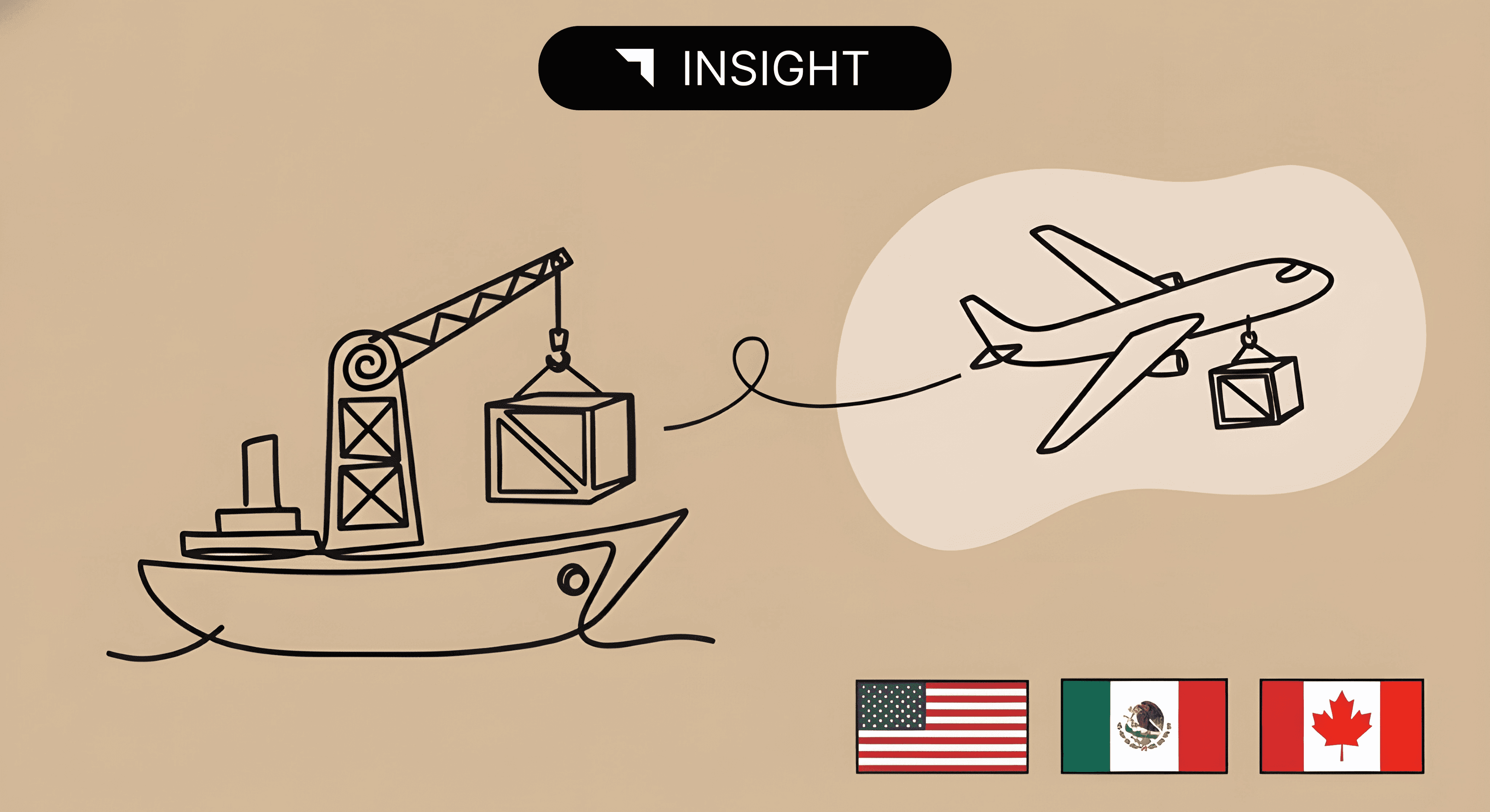
The History of Tariff Engineering and Why It Still Matters
What Is Tariff Engineering?
Tariff engineering is the deliberate design or modification of a product to obtain a lower duty rate under the Harmonized Tariff Schedule (HTS). Rather than relying on post-import valuation adjustments, companies legally engineer products so that they qualify for a more favorable classification when they cross the border.
In simple terms, it is not about changing paperwork; it is about changing the product itself.
This practice, when done correctly, is entirely lawful under U.S. Customs law. The Court of International Trade and the Court of Appeals for the Federal Circuit have repeatedly affirmed that importers have the right to design products in ways that minimize tariff liability, provided that the product as imported truly meets the claimed classification.
A Brief History of Tariff Engineering
Tariff engineering has existed for as long as customs duties themselves. Some of its most famous cases date back over a century.
1. Merritt v. Welsh (1881)
This landmark Supreme Court case established that an importer could legally manipulate the composition of goods, such as sugar color, to fall within a lower duty rate. The Court ruled that “an importer has the right to manufacture goods so as to avoid the higher duty.”
2. United States v. Citroen (1912)
Another foundational case, Citroen clarified that classification is determined by the condition of the goods at the time of importation, not by their intended use or future transformation. This reinforced the legality of tariff engineering based on the imported article’s actual state.
3. Modern Examples
In recent decades, companies have employed tariff engineering in creative ways:
- Automotive: Importing vehicles with temporary seats or features to qualify under passenger-car rates.
- Footwear: Modifying materials or outer soles to fit a lower HTS duty category.
- Apparel: Altering fiber composition or adding removable features that change classification.
The underlying principle remains the same: lawful product design can significantly reduce duty exposure.
Why It Still Matters Today
Even in an era of free trade agreements and automated classification tools, tariff engineering remains highly relevant. Here is why:
| Factor | Why It Matters |
|---|---|
| High Duty Rates | Many tariff lines still carry double-digit rates, especially in textiles, apparel, and footwear. |
| Section 301 and 232 Duties | Engineering can determine whether a product is subject to punitive tariffs tied to origin or classification. |
| Supply Chain Shifts | Redesigning products during reshoring or nearshoring can reduce total landed cost. |
| Compliance Scrutiny | CBP audits and post-entry reviews often target classification logic, and clear engineering intent provides defensibility. |
The Fine Line Between Strategy and Misclassification
Tariff engineering is legitimate only when the imported article actually matches the claimed classification at the time of entry. Customs strongly distinguishes between:
- Engineering before importation (legal), and
- Falsifying or disguising a product’s true nature (fraudulent).
Companies should document their design rationale, maintain product specifications, and consult prior rulings to substantiate their approach.
How Trade Insight AI Can Help
By combining transparent legal reasoning with automation, teams can evaluate classifications faster while keeping every decision audit-ready.
Explore Trade Insight AI and see how technology can bring precision to your trade compliance process.
Related News

November 26, 2025
How GRI Helps Determine Origin in FTA Contexts (Without Replacing RoO Rules)
Read more →
November 6, 2025
Export Snapshot: North America – What U.S. Exporters Need to Know About the United States–Mexico–Canada Agreement (USMCA)
Read more →
November 12, 2025